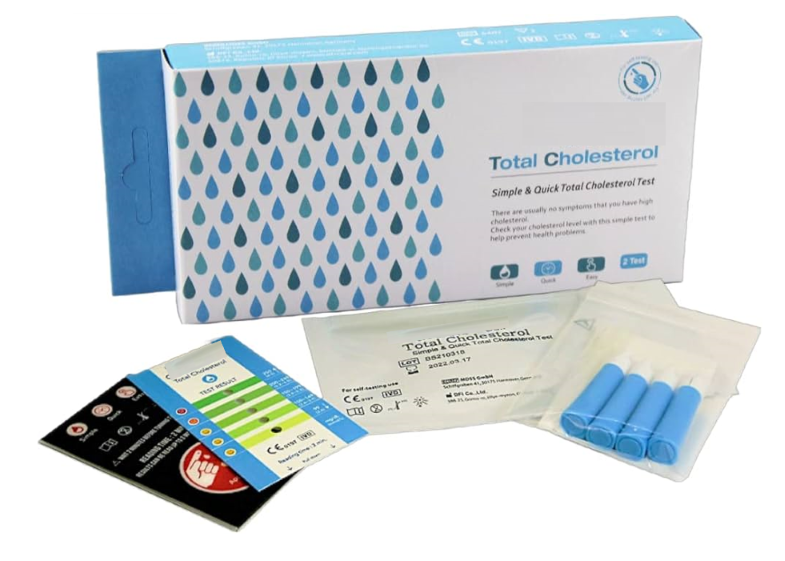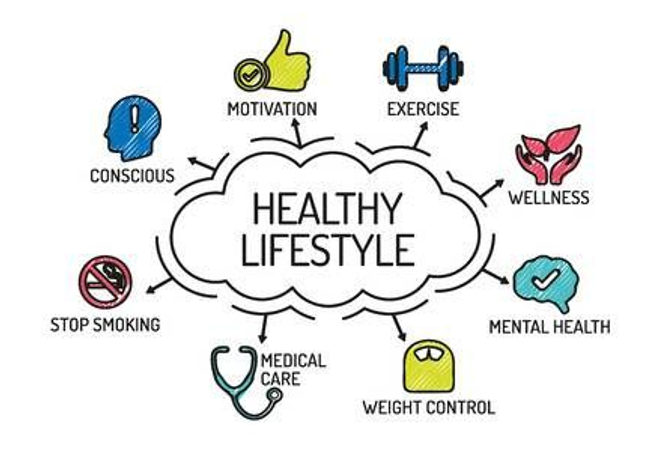Cholesterol Screening
High cholesterol levels can lead to a number of health complications, most notably coronary artery disease. Unlike other clinical tests, cholesterol tests are used to estimate the risk of developing a disease, as opposed to diagnosing it.
Thankfully, point-of-care cholesterol testing is quick, easy, and available at many local pharmacies. A healthcare professional simply takes a small sample of the patient’s blood, and results are calculated in a matter of minutes.
Patients can also purchase test kits and meters to use at home but because there are a wide variety of home cholesterol test kits and home sampling kits online but they can be of varying quality.
The home cholesterol test kits measure cholesterol using a solid-state monitor (a small machine) with colour changes that are viewed on a chart.
With sampling kits, the patient takes a small blood sample at home which goes into a specific machine with immediate and accurate results. Alternatively samples are again taken at home and posted to a laboratory for testing. This then means the reading and results analysis is done by an expert but the patient has to wait for their results to come back.
If a patient has never taken a blood sample themself the chances are that their first attempt will be challenging. The patient might be very nervous. The blood sample might not be enough, or of a high enough quality, and this could affect their results. Because of this potential inaccuracy due to how the test was taken it is often better to have tests carried out by a trained healthcare professional than to take a test or sample yourself. This is where a point of care test in the community pharmacy or GP surgery could really benefit the patient as well as providing a revenue stream for the pharmacy.
If done in the pharmacy the pharmacist may well look at other health and lifestyle factors at the same time e.g. blood glucose levels as well as factors which increase risk of these conditions, such as:
- Diet
- Being overweight
- Smoking
- Excess alcohol consumption
- Physical inactivity



